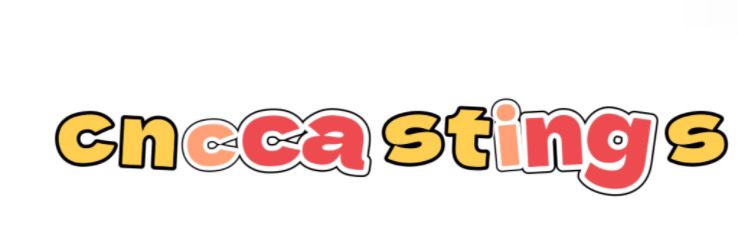PN40 Ductile Iron Joints vs. Traditional Steel Joints: Key Differences
Apr. 29, 2025
In the world of piping systems, the material and design of joints play a crucial role in efficiency and durability. Many engineers are now exploring the advantages of PN40 ductile iron joints compared to traditional steel joints. This exploration highlights significant differences that can enhance overall project performance.
If you want to learn more, please visit our website PN40 ductile iron joints.
Understanding PN40 Ductile Iron Joints
Ductile iron is known for its excellent mechanical properties. PN40 ductile iron joints are crafted to withstand high pressure and stress. This type of iron has enhanced flexibility and strength. This means that these joints can absorb shocks better than traditional steel joints. For projects requiring resilience, PN40 is a top choice.
Comparison with Traditional Steel Joints
Material Strength and Flexibility
Steel joints are renowned for their tensile strength. However, they can be brittle under certain conditions. In contrast, PN40 ductile iron joints exhibit both strength and ductility. This unique combination allows them to withstand external forces without cracking. The flexibility provided by ductile iron is especially beneficial in dynamic environments.
Resistance to Corrosion
Corrosion resistance is a critical factor in joint performance. Traditional steel joints can rust easily when exposed to moisture. This leads to potential leaks and structural weaknesses. PN40 ductile iron joints, however, exhibit superior resistance to corrosion. They can last significantly longer in challenging environments. This durability translates into lower maintenance costs and reduced downtime.
Ease of Installation
Installation speed can greatly influence project timelines. PN40 ductile iron joints are typically lighter than steel joints. This characteristic makes them easier to handle and install. Reduced installation time can lead to significant cost savings. On the other hand, traditional steel joints can require more labor due to their weight.
Cost Efficiency Over Time
Initial costs may vary between PN40 ductile iron joints and traditional steel joints. However, when considering long-term benefits, ductile iron often proves more cost-effective. The enhanced durability and reduced maintenance needs of PN40 joints lead to lower total costs. These savings can be a game-changer for project budgeting.
Adaptability to Various Applications
PN40 ductile iron joints shine in diverse applications. They are suitable for water, sewage, and even gas transmission. Their versatility makes them an ideal choice for many engineering projects. In contrast, traditional steel joints may be limited in certain corrosive or dynamic environments.
Environmental Impact
As sustainability becomes a priority, material choices become crucial. PN40 ductile iron is recyclable, which contributes to environmental sustainability. The production process for ductile iron also generally emits fewer pollutants compared to traditional steel production. As industries move towards greener solutions, PN40 ductile iron joints are an excellent option.
Conclusion: A Step Towards Better Solutions
When evaluating PN40 ductile iron joints versus traditional steel joints, the advantages of ductile iron become clear. Its superior strength, flexibility, corrosion resistance, and easy installation make it a valuable choice. While traditional steel joints have served their purpose, the innovative properties of PN40 ductile iron joints significantly enhance performance.
Choosing PN40 ductile iron joints can lead to a more efficient, cost-effective, and sustainable project. By making this choice, engineers and project managers are investing in the future. As technology evolves, so should our materials and methods. Transitioning to PN40 ductile iron joints is not just a trend; it’s a step forward in creating resilient infrastructure that stands the test of time.
For more Pipe Fittings Supplierinformation, please contact us. We will provide professional answers.
5
0
0

Comments
All Comments (0)